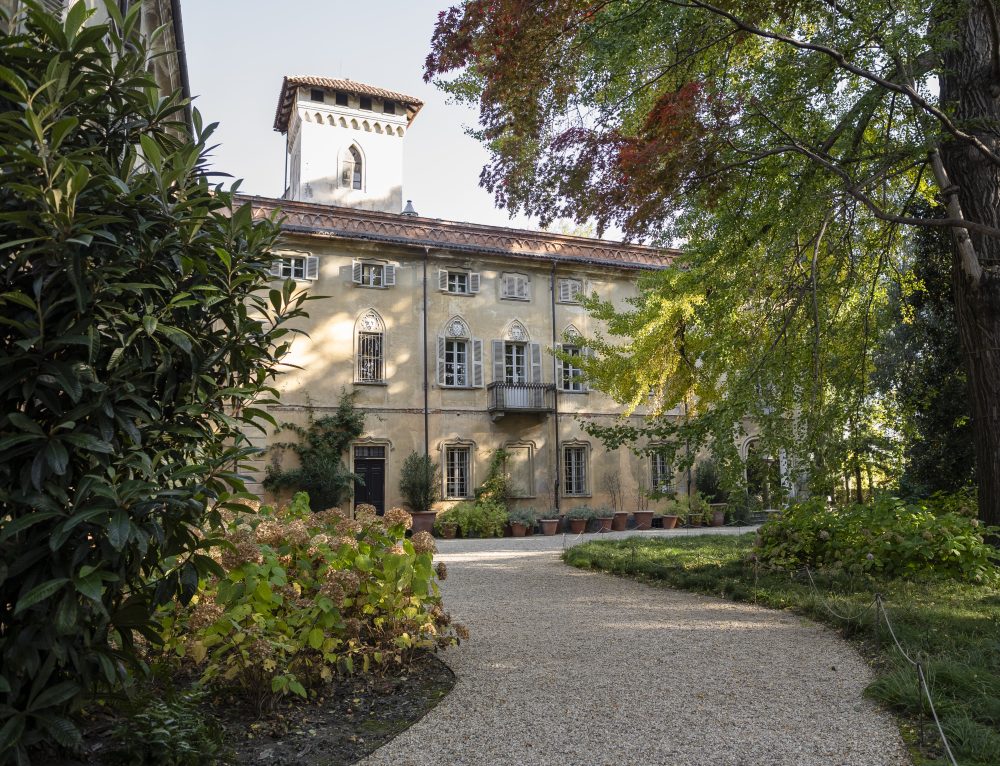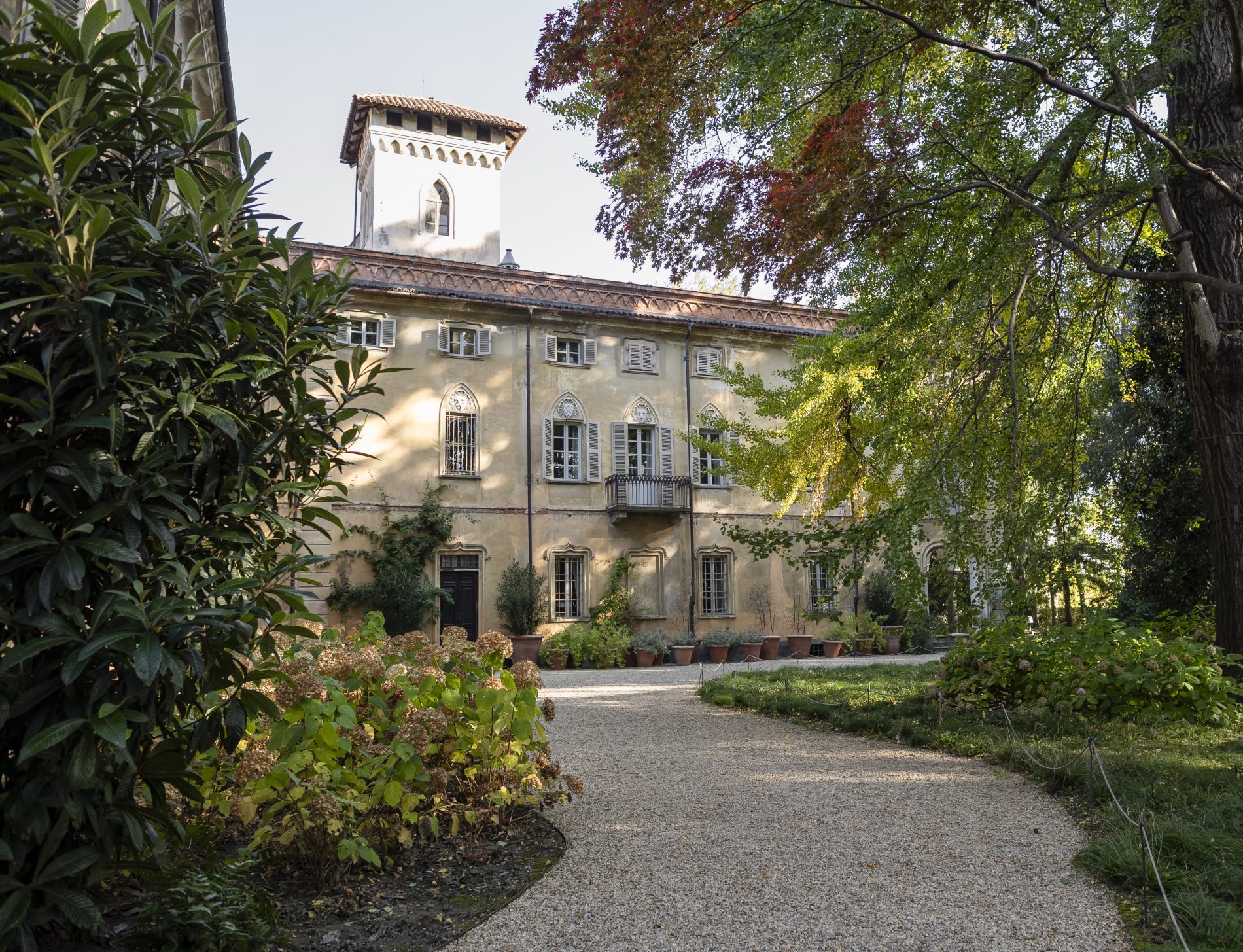The Ancient Garden

Audio
Descrizione
Since 2024, a phrase has often echoed among those who frequent the Castle is “It seems to have always been this way.”
This area, up to a century ago, was the old garden. In the 18th century, opposite the façade, there was a garden of delights, a parterre likely composed of symmetrical flower beds adorned with intricate patterns formed by small hedges planted in precise designs. The architecture of the building was mirrored in the garden’s design.
Later, in 1824, with the intervention of the great landscaper Xavier Kurten, the garden seemed to flow freely into the building. Then, in the second half of the 20th century, the death of Countess Sofia, the last heir of the noble family who had inhabited this place for centuries, brought a period of neglect, marked by disrespectfully violent alterations.
Finally, a recent restoration, inspired by a small 18th-century watercolour that idealized this glimpse into the past, depicted it amidst vases and blooming flower beds and its apparent simplicity held the answer to a lost and forgotten identity.
On the entrance façade, Hydrangea Annabelle, a robust American variety, blooms with white flowers that, in spring, seem to float the Castle on a cloud, turning to pastel green in autumn with their delicate papery petals.
On the opposite façade, terracotta pots from Impruneta, with their unmistakable warm pink tones, complement the hues of sage and lemon verbena, whose summer fragrances remind us that a garden awakens all our senses. Lemon verbena is a special plant, in Morocco, it is called Erba Luigia or Luisa. Originating from the Peruvian mountains, it requires very little water, is quite hardy, and can be planted outdoors even in Piedmont, as long as it always has a wall behind it, like here. The Architect Paolo Pejrone, who chose it for this place, reminds us it should never be bought but always gifted.
From this ancient garden begins a journey into the magic of this place, a journey imagined as a story, made up of little tales, anecdotes, myths, and curiosities. Now, we invite you to walk together, to listen, not just to the words, but especially to this Park, which reveals itself with every step.
Nelle vicinanze trovi
Ti trovi qui
